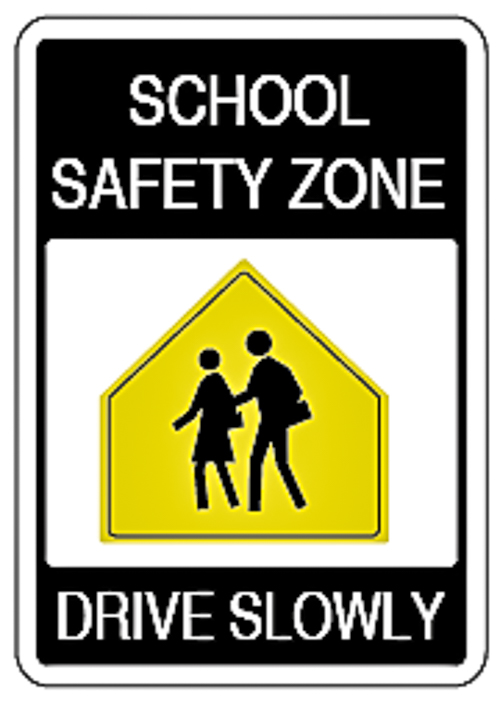On August 14, 2019 York Centre Councillor James Pasternak hosted a working group meeting to discuss the proposed redevelopment of Wilson Station’s Main Commuter Parking Lot at 50 Wilson Heights Boulevard. The lot was deemed ‘surplus’ land by the City’s development agency, CreateTO, and was selected by Toronto City Council to include in the affordable housing initiative, Housing Now.
The meeting was organized by the Councillor Pasternak’s office in response to concerns raised by community members related to the loss of parking at the June 2019 Housing Now Community Meeting.
During the meeting, City of Toronto Planning and CreateTO staff provided an overview presentation. It included: a recap of the Housing Now proposed development; a summary of City Council direction on parking for Housing Now sites; an analysis of existing usage of the parking lot; and three potential parking scenarios being considered in any future development.
To justify the selection of the Wilson Station lot, City staff presented some helpful data. For instance, they provided the result of a recent licence plate survey, which indicated that of the total 866 parking spaces, only 25% (219 spots) are used by York Centre residents. The remaining 75% are used by folks outside of the community, including the 41% of spots which are used daily by commuters from the Greater Toronto Area.
CreateTO staff also indicated that rebuilding all 866 spots underground a future development would be unfeasible given their estimate that each space would cost $85,000 ($75 million to build 866 spots). Adding in financing and operational costs, the public would need to pay $35+ per day in order to break even.
City staff revealed that future redevelopments would include one of three parking scenarios for community members: 1) provide exclusive public parking (no dedicated residential parking space); 2) provide shared parking (residential and public parking space); and 3) provide no public parking.
Although only a dozen community members attended the meeting, participants asked detailed questions and provided clear feedback to the Councillor and city staff. I’ve summarized some of the community’s feedback below.
General Feedback
- Participants acknowledged that both affordable housing and commuter parking are very important issues and the community should not be presented with options that make them feel like they must choose one or the other.
- Community members voiced that the TTC needs to be part of this discussion. There were participants at the meeting who would consider taking transit rather than driving to the station, however many people felt that TTC service is unreliable and infrequent.
- Some felt this is a safety concern – especially at night when some have to wait alone at a bus stop.
Process Feedback
- Participants expressed that low turnout at the meeting should not be taken as a sign of a lack of concern about this issue. Others in the community are interested and have concerns but were either unable to attend or were not aware of the meeting.
- Participants urged the Councillor and CreateTO to do a better job at publicizing community meetings, including advertising in the local newspapers; posting a development sign in the parking lot (while has since been done); and handing out flyers at Wilson Station.
Parking Scenario Feedback
- Participants suggested removing a scenario all together (i.e. “provide no public parking”) since it was considered unreasonable and unfair to the community.
- Participants urged city staff to keep some or all of the existing surface lot by reconfiguring the development plans or moving the Housing Now site to a new location like Downsview/Sheppard West station.
- Some community members expressed interest in expanding and improving the parking lot at Downsview/Sheppard West station to accommodate the loss of parking at Wilson Station.
- Participants also offered some creative solutions. Such as, using a permit system to preference local residents in public parking spaces built in future developments at Wilson Station and discouraging the use of the lot from people outside of the area by increasing the cost of parking at Wilson Station (by a couple dollars), possibly as a pilot project.
There was another Housing Now Community Meeting on September 16th from 6 P.M to 9 P.M at the Church of Resurrection (1 Tippett Road). I will continue to cover this issue over the coming months – feel free to read my previous articles to learn more.











